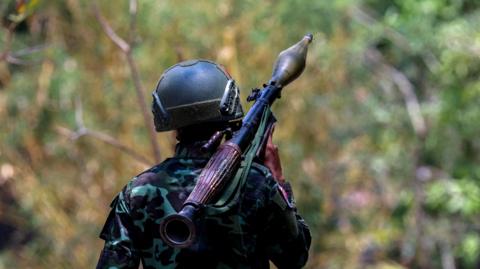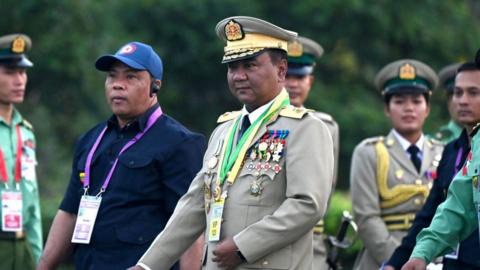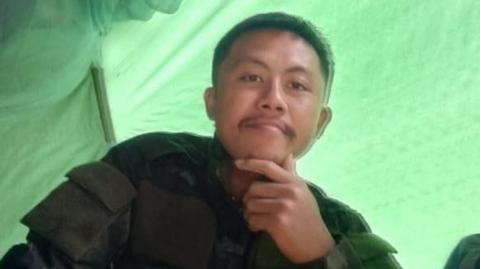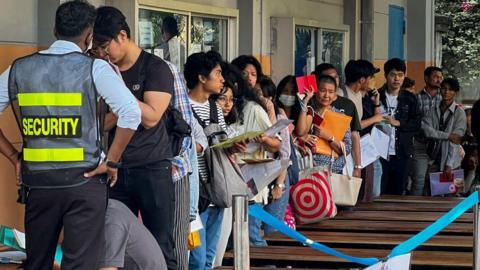The last time Chaw Su saw her husband was in March, when he was forcibly conscripted to fight for the army in Myanmar's civil war.
Four months later, she found out he had been killed at the frontline.
"We were always poor and struggled," she says. "But life was much more bearable with him."
The 25-year-old widow, who had depended on her husband as the breadwinner, now has three young children to care for.
*Names have been changed to protect the sources' identities.
In February, Myanmar’s military regime, known as the junta, announced compulsory conscription, meaning all men aged 18 to 35 and women aged 18 to 27 would be forced to serve for up to two years.




